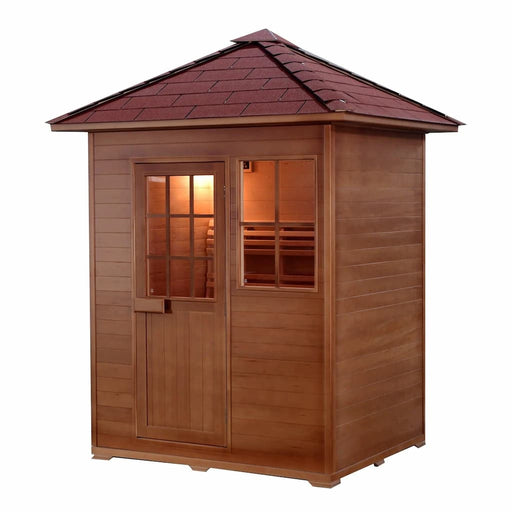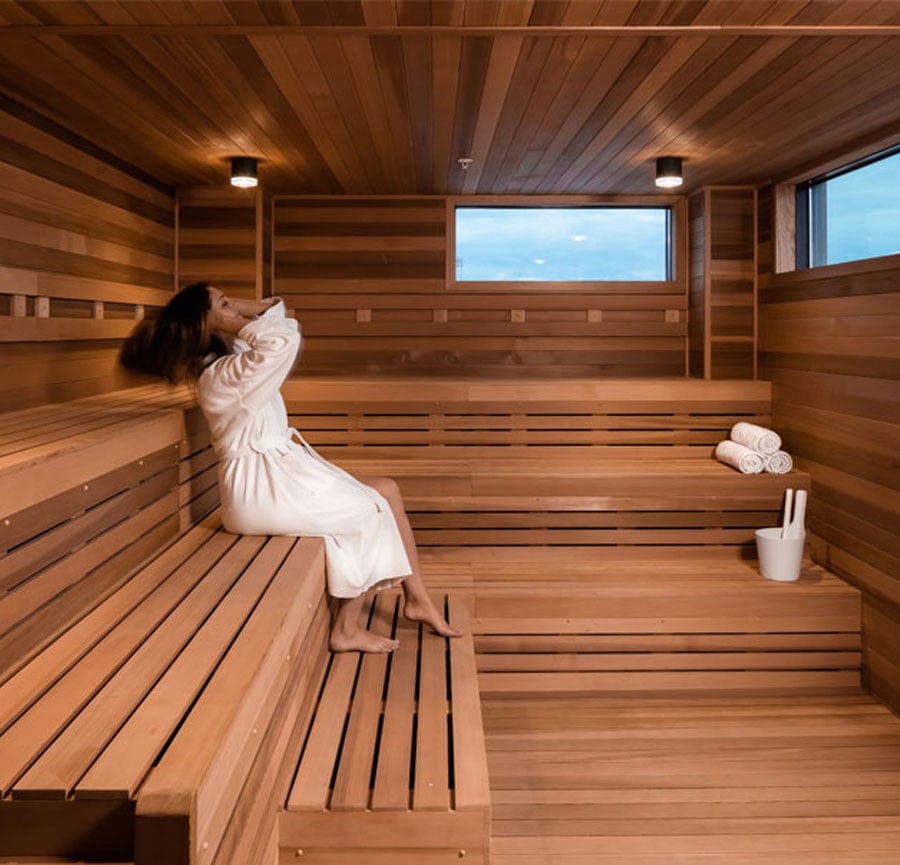Unknown Facts About Traditional Sauna
Table of ContentsFascination About Traditional SaunaAn Unbiased View of Traditional SaunaThe Best Guide To Traditional SaunaThe Ultimate Guide To Traditional Sauna
The majority of the weight shed in a sauna is water loss and is re-gained upon rehydrating. Nevertheless, undoubtedly sauna can be an important part of a healthy weight loss program. To look at the differences in between typical and IR saunas, I will certainly separate these into verifiable, academic, and made distinctions.Therefore, the most popular point in the saunawhich goes to the ceiling straight above the sauna heateris usually between 185 and 190 F. Traditional Sauna. Claims that a standard sauna exceeds 200 F is simply not true and not appropriate for electric saunas sold in the United States. The temperature level for a far-infrared sauna is generally set in between 120 and 140 F; however, unlike the typical sauna, the objective in and IR room is not to achieve a high temperature level
As a result of this, the temperature distinction is nearly irrelevant, because extreme sweating causes both sauna types, yet the approach of heating the body is different. In an IR sauna the bather will certainly really feel warm and will certainly sweat profusely, yet at much reduced temperatures. Hence, if the goal is to invest longer amount of times in the sauna, the IR sauna is an excellent option.

The Facts About Traditional Sauna Revealed
When the high temperature is accomplished, the components cycle on and off to keep the high temperature. A lot of typical sauna customers enjoy pouring water over the rocks to create steam to raise sauna moisture degrees. The advantages of putting water over the rocks include: making the room much more comfortable, moistening the nasal passages, and allowing the usage of aromatherapy by blending essential oils with the water.
In a far-infrared sauna, the warm waves pass through the body to efficiently heat the body and raise the body core temperature. To achieve this increased temperature level, Far-infrared emitters develop infrared power which is close to the exact same wavelength as that which the body naturally emitsoften referred to as the "Vital Range" of 7 to 14 microns), so the power is well obtained by the body.
When the power goes into the body, it creates the body temperature level to boost and inevitably causes perspiration. In an infrared sauna it is necessary for the emitters/heaters to stay on practically regularly. Given that there is no mass of rocks to retain heat, the sauna will cool down if the emitters turned off.
As stated over, the sauna bather in an infrared area wishes to position himself in front of operating emitters to get maximum benefit from the heat. The home heating time for both rooms can be really different, depending on just how the spaces are utilized. For a traditional sauna, a bather must permit 30-40 minutes for the room to accomplish a desired temperature level and to correctly pre-heat the rocks.
Not known Details About Traditional Sauna
A well built sauna will commonly achieve a temperature of 150-160 F in about 30-40 mins. For hotter temperatures, the area may require to warmth for a longer period.
To some, 15 minutes was "lost" while the infrared energy heated the wood panels instead of warming a body, while others find a pre-heated room to be much more comfy and think a raised starting temperature level is essential to begin perspiring. The length of suggested usage for every space is about the very same (10-15 mins per session); nonetheless, as a result of the reduced air temperature levels and the ability to feel the effects of infrared warmth much faster than a traditional sauna, it is not uncommon for a person to invest a total amount of 20-30 mins in an infrared sauna.
Traditional saunas tend to be bigger (therefore make use of even more electricity) than infrared saunas, although traditional saunas are certainly readily available in one and 2 individual dimensions also. For a two-person conventional sauna, 5x6 or 5x7 size is most popular. The leading bench can comfortably seat 2 or three people and is also enough time to relax throughout the sauna session.


The average expense per kWH of electrical power in the united state is around $0.11, so a 4.5 kW heater will set you back roughly $.50 to compete one hour, if the heater runs constantly for one hour. Usually a sauna heater will certainly additional info run for 75% of the initial hour and 50% of subsequent hours on since the components cycle once the established temperature look at these guys is attained.
How Traditional Sauna can Save You Time, Stress, and Money.
A 2 person far-infrared area is typically physically smaller sized than a conventional sauna, frequently regarding 4' x 4' or smaller sized. The IR furnace is normally 1.5-1.7 kW making use of a 120 volt 15 amp plug-in service. Given that the area can be used sooner than a sauna room, we will assume the area is made use of for to of an hour including heat up time.
There is a rarely gone over distinction in the social experience between the two rooms. While our culture has actually shed a few of the social benefit of the standard sauna you can find out more experience, it can be extremely socially fulfilling. From family members time in the sauna, to heart-felt discussions with better halves, to sauna partiesthe conventional sauna experience can result in intimate socializing.
Most higher end infrared areas consist of tinted light therapy, sound systems and full-glass fronts.